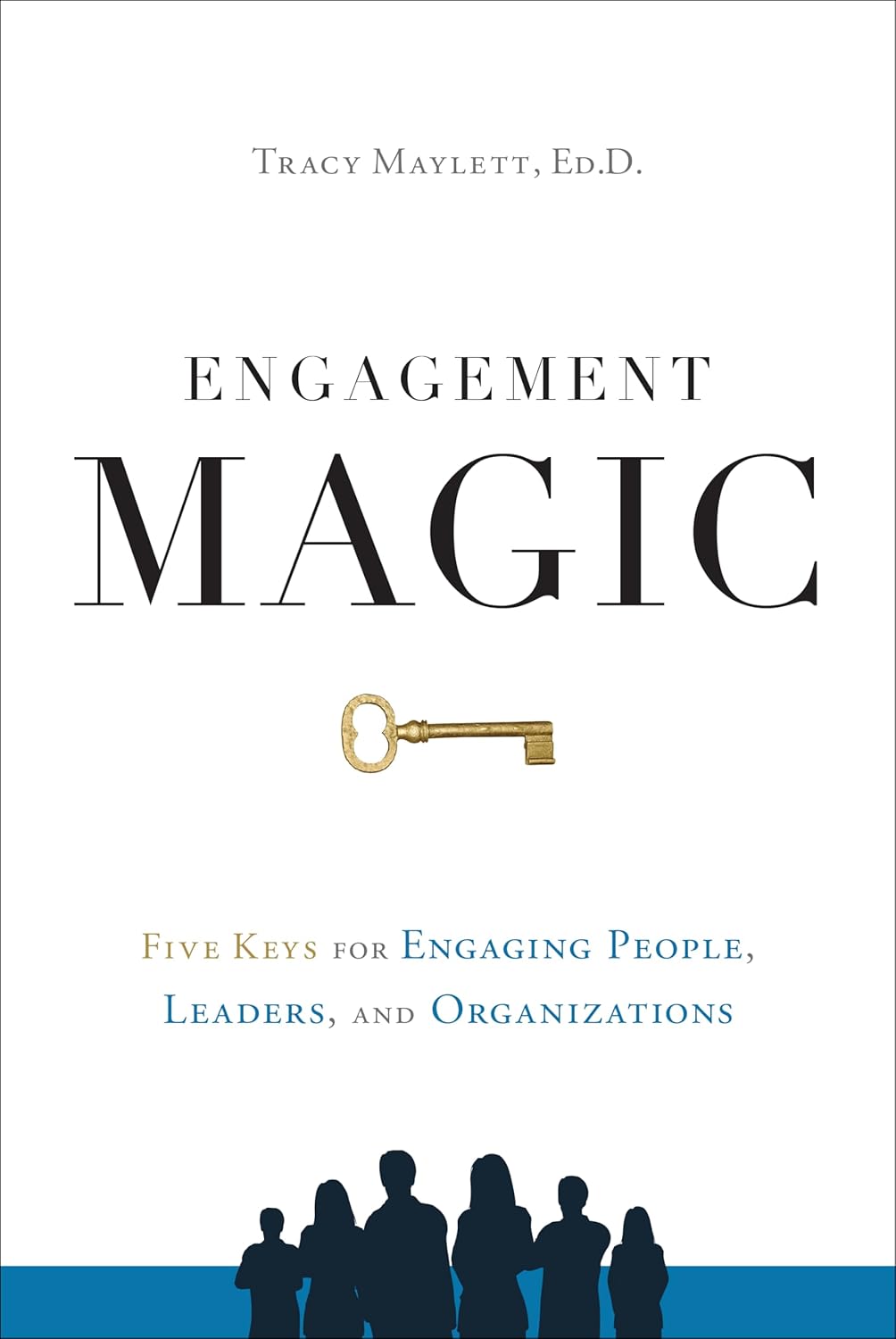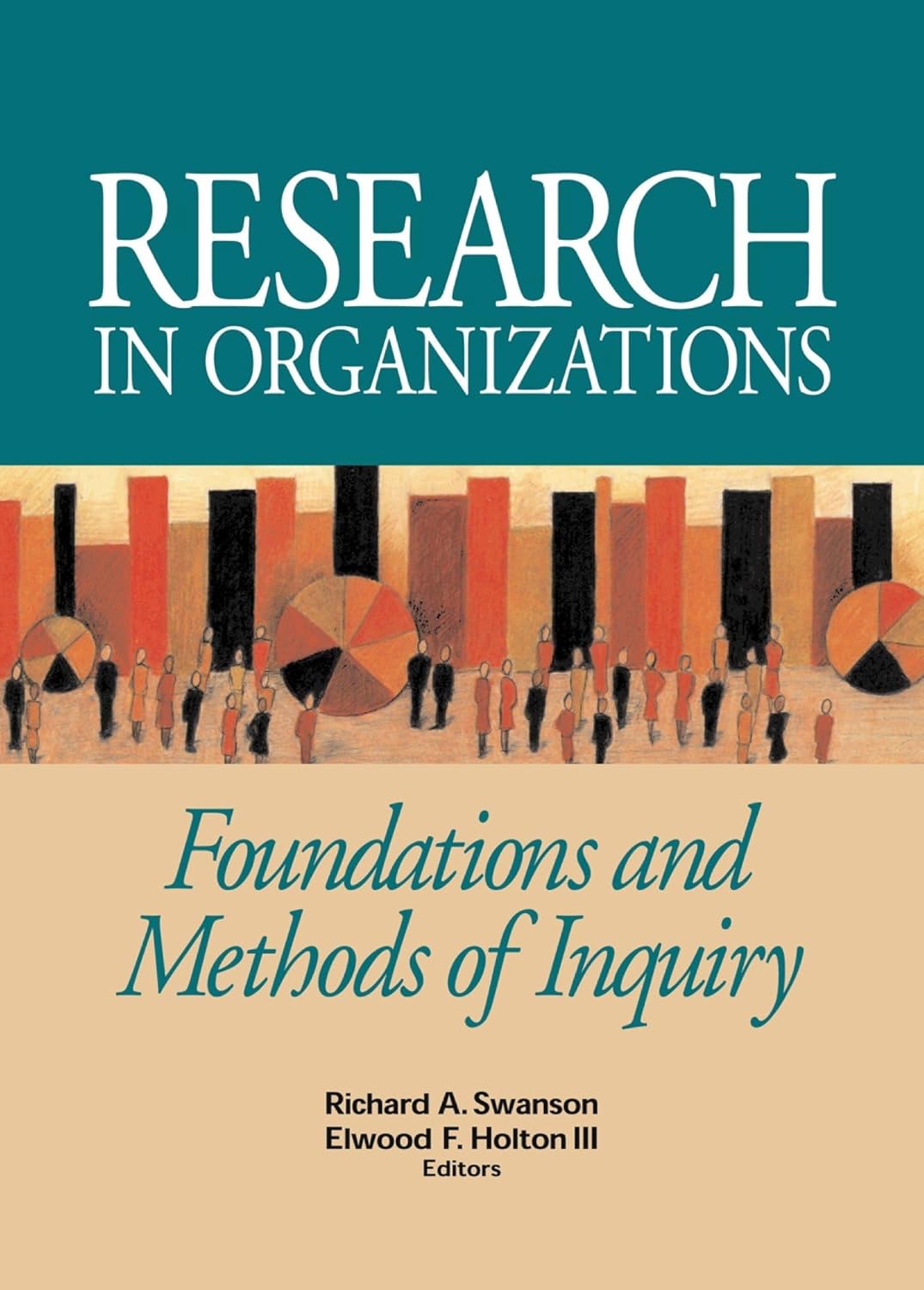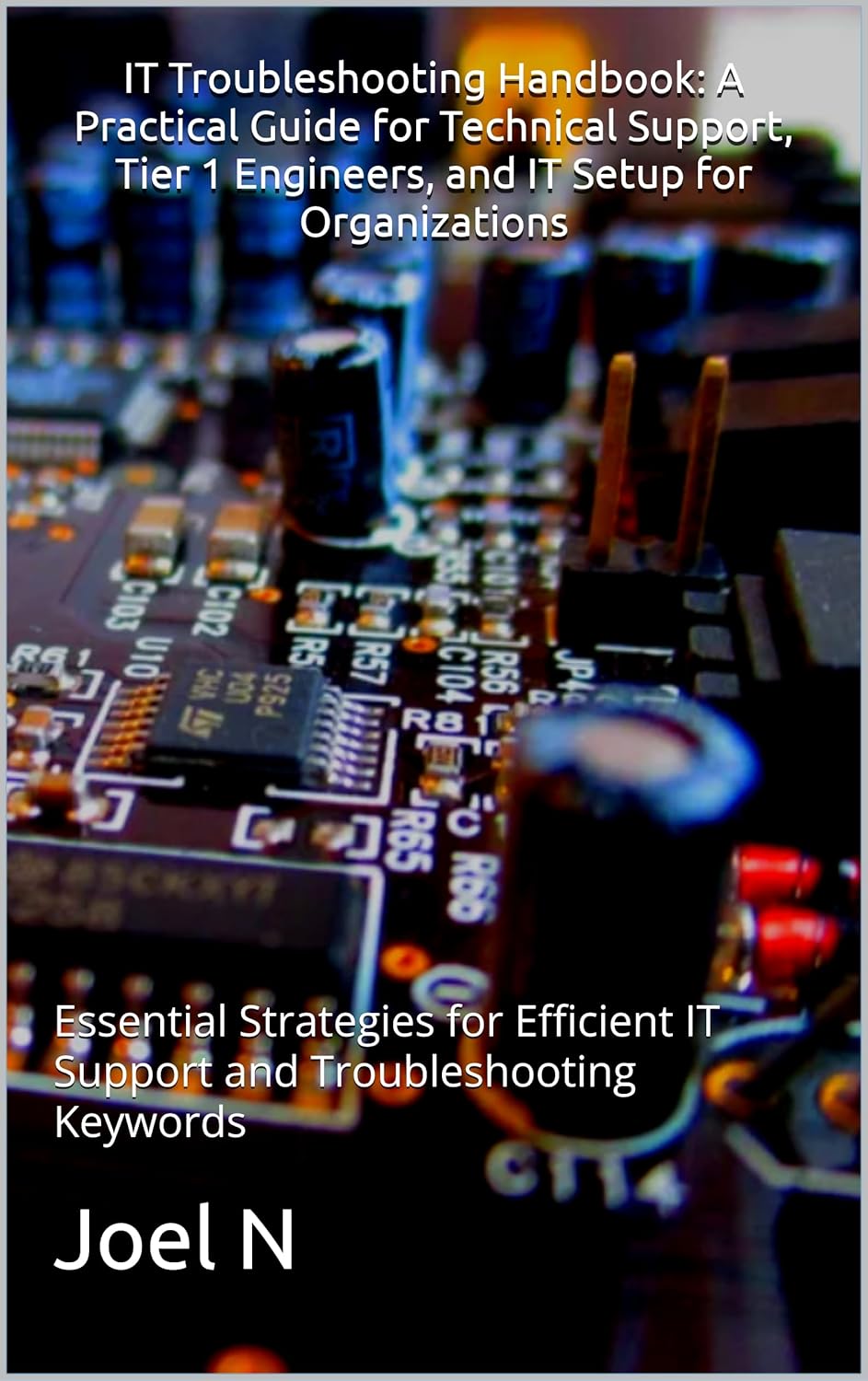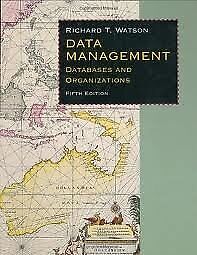Your cart is currently empty!
Tag: Organizations

Empowering Organizations: Creating Effective Cybersecurity Programs and Policies
In today’s digital age, cybersecurity has become a crucial aspect of every organization’s operations. With the increasing number of cyber threats and attacks, it is essential for organizations to prioritize the protection of their data and systems. This is where creating effective cybersecurity programs and policies comes into play.Empowering organizations to establish robust cybersecurity programs and policies is vital for safeguarding sensitive information, maintaining the trust of customers and stakeholders, and ensuring the continuity of business operations. By implementing comprehensive cybersecurity measures, organizations can mitigate risks, prevent data breaches, and respond promptly to any security incidents.
One of the key steps in creating an effective cybersecurity program is to conduct a thorough risk assessment. This involves identifying potential vulnerabilities in the organization’s systems and networks, evaluating the likelihood and impact of different cyber threats, and determining the necessary controls and safeguards to mitigate risks. By understanding the specific risks facing the organization, cybersecurity teams can develop targeted strategies and measures to enhance security posture.
Another important aspect of empowering organizations to strengthen their cybersecurity is to establish clear and comprehensive policies and procedures. These policies should outline the organization’s approach to cybersecurity, define roles and responsibilities for employees, and provide guidelines for handling security incidents. By setting clear expectations and standards for cybersecurity practices, organizations can ensure consistency and compliance across all departments and employees.
Furthermore, organizations should invest in cybersecurity training and awareness programs to educate employees about potential threats and best practices for maintaining security. By empowering employees with the knowledge and skills to recognize and respond to cyber threats, organizations can significantly reduce the risk of human error and improve overall cybersecurity posture.
In addition to internal measures, organizations should also consider implementing external cybersecurity controls, such as partnering with third-party vendors for security services or engaging with industry peers to share threat intelligence and best practices. By collaborating with external partners and stakeholders, organizations can enhance their cybersecurity capabilities and stay ahead of emerging threats.
Overall, empowering organizations to create effective cybersecurity programs and policies requires a proactive and holistic approach to security. By conducting risk assessments, establishing clear policies and procedures, providing training and awareness programs, and engaging with external partners, organizations can strengthen their defenses and protect their critical assets from cyber threats. Ultimately, by prioritizing cybersecurity and investing in robust security measures, organizations can safeguard their data, reputation, and business continuity in an increasingly digital world.

ENGAGEMENT MAGIC: Five Keys for Engaging People, Leaders, and Organizations
Price:$24.95– $23.71
(as of Dec 04,2024 22:51:18 UTC – Details)
Publisher : Greenleaf Book Group Press (January 8, 2019)
Language : English
Hardcover : 264 pages
ISBN-10 : 1626346178
ISBN-13 : 978-1626346178
Item Weight : 1.06 pounds
Dimensions : 6.2 x 1 x 9.2 inchesCustomers say
Customers find the book provides good information and insights. They describe it as a great read, engaging, and beneficial for people in the work force. Readers appreciate the relatable stories and clear language. They also mention the book is easy to read, simple to understand, and well-written. Customers mention the book busts engagement myths and equips them with tools for improving engagement. They appreciate the easy-to-remember acronym “MAGIC” that helps keep it in the forefront of their minds.
AI-generated from the text of customer reviews
Engagement Magic: Five Keys for Engaging People, Leaders, and OrganizationsIn today’s fast-paced and ever-changing business world, employee engagement has become a top priority for organizations looking to retain top talent and drive success. But what exactly does it take to create a culture of engagement that empowers people to do their best work?
In the book “Engagement Magic: Five Keys for Engaging People, Leaders, and Organizations,” authors Tracy Maylett and Paul Warner dive deep into the essential elements of creating a truly engaged workforce. Drawing on their years of experience working with companies around the world, they have identified five key strategies for building a culture of engagement that will ignite passion, drive performance, and fuel innovation.
The first key is to focus on the individual. By understanding the unique strengths, motivations, and values of each employee, leaders can tailor their approach to create a personalized experience that resonates with each person on a deep level.
The second key is to foster a sense of belonging. When people feel connected to their colleagues, their leaders, and the organization as a whole, they are more likely to go above and beyond to achieve shared goals and objectives.
The third key is to empower employees to take ownership of their work. By giving people the autonomy and authority to make decisions and drive outcomes, leaders can unleash the full potential of their teams and create a culture of accountability and responsibility.
The fourth key is to recognize and reward performance. By celebrating achievements, acknowledging contributions, and providing meaningful feedback, leaders can show their appreciation and inspire others to strive for excellence.
And finally, the fifth key is to create a culture of continuous learning and development. By investing in training, coaching, and mentorship programs, organizations can help employees grow and evolve, both personally and professionally.
By following these five keys, organizations can unlock the potential of their people, inspire their leaders, and drive success across the entire organization. So if you’re looking to create a culture of engagement that truly works its magic, be sure to check out “Engagement Magic” and start transforming your workplace today.
#ENGAGEMENT #MAGIC #Keys #Engaging #People #Leaders #Organizations
Enhancing Your Organization’s Security: Key Takeaways from the 3rd Edition of Developing Cybersecurity Programs and Policies
In today’s digital age, cybersecurity has become a top priority for organizations of all sizes. With the rise of cyber threats such as ransomware, phishing attacks, and data breaches, it is more important than ever for businesses to have robust cybersecurity programs and policies in place.The recently released 3rd edition of “Developing Cybersecurity Programs and Policies” provides valuable insights and guidelines for organizations looking to enhance their security measures. Here are some key takeaways from the book that can help organizations improve their cybersecurity posture:
1. Understand the Threat Landscape: The first step in developing effective cybersecurity programs and policies is to have a clear understanding of the current threat landscape. This includes identifying the potential risks and vulnerabilities that your organization faces, as well as staying informed about the latest cybersecurity trends and attacks.
2. Develop a Risk Management Strategy: A proactive approach to cybersecurity involves developing a comprehensive risk management strategy that addresses both internal and external threats. This includes conducting regular risk assessments, implementing security controls, and monitoring for any suspicious activity.
3. Implement Security Controls: One of the most important aspects of cybersecurity is implementing security controls to protect your organization’s data and systems. This can include measures such as firewalls, antivirus software, encryption, and access controls. It is essential to tailor these controls to your organization’s specific needs and requirements.
4. Educate Employees: Human error is often cited as one of the leading causes of data breaches. Therefore, it is crucial for organizations to educate their employees about cybersecurity best practices, such as using strong passwords, avoiding phishing emails, and reporting any suspicious activity.
5. Incident Response Planning: Despite best efforts, security incidents can still occur. It is essential for organizations to have a robust incident response plan in place to effectively respond to and recover from cyber attacks. This includes identifying key stakeholders, setting up communication protocols, and conducting regular drills and simulations.
6. Compliance and Regulations: Organizations must also ensure that they are compliant with relevant cybersecurity regulations and standards, such as GDPR, HIPAA, and PCI DSS. Failing to comply with these regulations can result in hefty fines and damage to your organization’s reputation.
Overall, the 3rd edition of “Developing Cybersecurity Programs and Policies” provides a comprehensive guide for organizations looking to enhance their cybersecurity measures. By understanding the threat landscape, developing a risk management strategy, implementing security controls, educating employees, and having an incident response plan in place, organizations can better protect themselves against cyber threats and safeguard their sensitive data.

Diversity and Inclusion in Organizations (Research in Human Resource Management)
Price:$52.99– $45.99
(as of Dec 04,2024 06:04:37 UTC – Details)
Publisher : Information Age Publishing (March 1, 2020)
Language : English
Paperback : 378 pages
ISBN-10 : 1648020046
ISBN-13 : 978-1648020049
Item Weight : 1.15 pounds
Dimensions : 6.14 x 0.86 x 9.21 inches
Diversity and Inclusion in Organizations: A Critical Research Review in Human Resource ManagementIn today’s globalized world, diversity and inclusion have become key priorities for organizations looking to create a more inclusive and equitable workplace. Research in human resource management has shown that diverse and inclusive organizations not only benefit from increased innovation and creativity, but also have higher levels of employee engagement and satisfaction.
One key aspect of diversity and inclusion is ensuring that organizations have diverse representation at all levels of the organization, from entry-level positions to senior leadership roles. Research has shown that organizations with diverse leadership teams are more likely to outperform their competitors and have higher levels of profitability.
Another important aspect of diversity and inclusion is creating a culture that values and celebrates differences. This can include implementing diversity training programs, setting diversity goals and metrics, and creating employee resource groups for underrepresented populations.
Research has also shown that organizations with diverse and inclusive cultures are better equipped to attract and retain top talent. Employees are more likely to stay with an organization that values their unique perspectives and experiences, leading to lower turnover rates and higher levels of employee productivity.
In conclusion, research in human resource management has shown that diversity and inclusion are essential for organizations looking to thrive in today’s diverse and globalized world. By embracing diversity and creating inclusive cultures, organizations can benefit from increased innovation, higher levels of employee engagement, and a more competitive advantage in the marketplace.
#Diversity #Inclusion #Organizations #Research #Human #Resource #Management
Research in Organizations: Foundations and Methods of Inquiry
Price:$49.95– $35.77
(as of Dec 03,2024 22:14:53 UTC – Details)
Research in organizations is a crucial aspect of understanding and improving the functioning of businesses and institutions. In order to conduct effective research, it is important to have a solid foundation and use appropriate methods of inquiry.Foundations of Research in Organizations:
1. Theory development: Research in organizations is often based on existing theories and concepts in fields such as management, psychology, sociology, and economics. By grounding research in established theories, researchers can build on existing knowledge and contribute new insights to the field.
2. Research design: The design of a research study is a key aspect of conducting effective research in organizations. Researchers must carefully consider the research questions, objectives, and hypotheses, as well as the methods and techniques that will be used to collect and analyze data.
3. Ethical considerations: Research in organizations must be conducted ethically, taking into account the rights and well-being of participants. Researchers must obtain informed consent, protect the confidentiality of participants, and ensure that any potential risks are minimized.
Methods of Inquiry in Research in Organizations:
1. Surveys: Surveys are a common method of inquiry in research in organizations, allowing researchers to collect data from a large number of participants. Surveys can be conducted through various means, such as online questionnaires, phone interviews, or paper surveys.
2. Interviews: Interviews can provide in-depth insights into the experiences, perspectives, and behaviors of individuals within an organization. Researchers can conduct structured, semi-structured, or unstructured interviews to gather qualitative data.
3. Observational research: Observational research involves observing and documenting behaviors, interactions, and processes within an organization. Researchers can conduct participant observation, where they immerse themselves in the organization, or non-participant observation, where they observe from a distance.
4. Experimental research: Experimental research involves manipulating variables and measuring the effects on outcomes within an organization. Researchers can conduct controlled experiments in laboratory settings or field experiments in real-world settings.
In conclusion, research in organizations requires a strong foundation in theory and careful consideration of research design and ethical considerations. By using appropriate methods of inquiry, researchers can generate valuable insights and contribute to the advancement of knowledge in the field of organizational research.
#Research #Organizations #Foundations #Methods #Inquiry
IT Troubleshooting Handbook: A Practical Guide for Technical Support, Tier 1 Engineers, and IT Setup for Organizations: Essential Strategies for Efficient IT Support and Troubleshooting
Price: $9.99
(as of Dec 03,2024 22:10:33 UTC – Details)
ASIN : B0DHPV15V3
Publication date : September 20, 2024
Language : English
File size : 1479 KB
Text-to-Speech : Enabled
Screen Reader : Supported
Enhanced typesetting : Enabled
X-Ray : Not Enabled
Word Wise : Not Enabled
Print length : 45 pages
Are you a technical support specialist, Tier 1 engineer, or IT setup professional looking for a comprehensive guide to troubleshooting IT issues efficiently and effectively? Look no further than the IT Troubleshooting Handbook!This practical guide is designed to provide essential strategies and tips for IT support professionals working in organizations of all sizes. From diagnosing common hardware and software issues to implementing proactive maintenance protocols, this handbook covers all aspects of IT troubleshooting in a clear and concise manner.
Whether you’re a seasoned IT professional or just starting out in the field, this handbook will help you improve your troubleshooting skills and enhance your ability to provide top-notch technical support to your colleagues and clients.
Don’t let IT issues slow you down – arm yourself with the knowledge and tools you need to tackle any challenge that comes your way. Get your copy of the IT Troubleshooting Handbook today and take your IT support game to the next level!
#Troubleshooting #Handbook #Practical #Guide #Technical #Support #Tier #Engineers #Setup #Organizations #Essential #Strategies #Efficient #Support #Troubleshooting
Empowering Organizations with Data Centers for Superior Big Data Analytics and Machine Learning Capabilities
In today’s digital age, data has become a valuable asset for organizations looking to gain a competitive edge and drive innovation. With the rise of big data analytics and machine learning technologies, organizations are increasingly turning to data centers to empower their operations and decision-making processes.Data centers play a crucial role in enabling organizations to store, manage, and analyze vast amounts of data in a secure and efficient manner. By centralizing their data storage and processing capabilities, organizations can harness the power of big data analytics and machine learning to extract valuable insights and drive informed decision-making.
One of the key benefits of leveraging data centers for big data analytics and machine learning capabilities is the ability to scale and adapt to changing business needs. With the ability to quickly add or remove computing resources as needed, organizations can efficiently process and analyze large volumes of data in real-time, enabling them to make faster and more informed decisions.
Furthermore, data centers provide organizations with the security and reliability they need to protect their data and ensure compliance with data privacy regulations. With advanced security measures and disaster recovery capabilities in place, organizations can rest assured that their data is safe and accessible at all times.
In addition, data centers enable organizations to leverage advanced technologies such as artificial intelligence and machine learning to automate and optimize their operations. By analyzing historical data and predicting future trends, organizations can identify opportunities for growth, mitigate risks, and improve overall business performance.
Overall, empowering organizations with data centers for superior big data analytics and machine learning capabilities offers a multitude of benefits, including increased efficiency, scalability, security, and innovation. As organizations continue to embrace digital transformation and data-driven decision-making, data centers will play an increasingly important role in driving success and competitiveness in the digital economy.

Capacity Building in Nonprofit Organizations: Strategies for Success
Capacity building is a critical aspect of ensuring the long-term success and sustainability of nonprofit organizations. It involves strengthening the abilities, skills, and resources of an organization to effectively achieve its mission and goals. By investing in capacity building, nonprofits can enhance their operational efficiency, program effectiveness, and overall impact on the communities they serve.There are several key strategies that nonprofit organizations can employ to build their capacity and position themselves for success. One of the most important strategies is investing in staff development and training. By providing employees with opportunities for professional growth and skill-building, organizations can enhance their capabilities and effectiveness. This can include offering workshops, seminars, and other training programs to help staff members develop new skills and stay current on best practices in their field.
Another important strategy for capacity building is fostering strong partnerships and collaborations. By working with other organizations, businesses, and community stakeholders, nonprofits can leverage their resources and expertise to achieve greater impact. Collaborations can also help organizations access new funding opportunities, expand their reach, and strengthen their programs and services.
Additionally, nonprofits can build their capacity by investing in technology and infrastructure. By upgrading their systems and tools, organizations can streamline their operations, improve data management, and enhance communication with stakeholders. This can help nonprofits operate more efficiently and effectively, ultimately leading to better outcomes for the communities they serve.
Furthermore, strategic planning is also essential for capacity building. By setting clear goals, developing a roadmap for achieving them, and regularly evaluating progress, organizations can ensure they are on track to achieve their mission and vision. Strategic planning can help nonprofits identify areas for growth, prioritize resources, and make informed decisions to drive their success.
Lastly, building a strong board of directors is crucial for capacity building in nonprofit organizations. A diverse and engaged board can provide valuable guidance, expertise, and resources to help organizations achieve their goals. By recruiting board members with a range of skills and experiences, nonprofits can benefit from a variety of perspectives and insights to inform their decision-making and strategy development.
In conclusion, capacity building is vital for the success and sustainability of nonprofit organizations. By implementing strategies such as staff development, partnerships, technology investment, strategic planning, and strong board governance, nonprofits can enhance their capabilities and maximize their impact on the communities they serve. By investing in capacity building, organizations can position themselves for long-term success and continue to make a positive difference in the world.

The Role of Technology in Optimizing Capacity in Organizations
In today’s fast-paced business environment, organizations are constantly looking for ways to optimize their capacity and increase their efficiency. One of the key tools that can help in achieving this goal is technology. Technology plays a crucial role in streamlining processes, improving communication, and enhancing productivity in organizations.One of the ways technology helps in optimizing capacity in organizations is by automating repetitive tasks. By using software and tools to automate tasks such as data entry, scheduling, and reporting, employees can focus on more strategic and value-added activities. This not only saves time but also reduces the risk of errors and improves overall efficiency.
Another way technology helps in optimizing capacity is by improving communication and collaboration within the organization. With the use of communication tools such as email, instant messaging, and video conferencing, employees can easily share information, work together on projects, and make decisions in a timely manner. This leads to faster decision-making and better coordination among team members, ultimately increasing productivity.
Furthermore, technology enables organizations to access and analyze data more effectively. With the use of data analytics tools, organizations can gather insights from their data, identify trends and patterns, and make data-driven decisions. This helps in optimizing resources, identifying areas for improvement, and maximizing the organization’s capacity.
Additionally, technology plays a crucial role in enhancing customer experience and satisfaction. By leveraging technology such as customer relationship management (CRM) systems and social media platforms, organizations can better understand their customers’ needs and preferences, personalize their interactions, and provide timely and relevant solutions. This not only improves customer satisfaction but also helps in retaining customers and attracting new ones.
In conclusion, technology plays a vital role in optimizing capacity in organizations by automating tasks, improving communication and collaboration, enabling data-driven decision-making, and enhancing customer experience. By leveraging technology effectively, organizations can streamline processes, increase efficiency, and stay ahead of the competition in today’s rapidly changing business landscape. It is essential for organizations to invest in the right technology solutions and continually adapt and innovate to remain competitive and achieve their goals.

DATA MANAGEMENT: DATABASES & ORGANIZATIONS 5TH (FIFTH) By Richard T. Watson

DATA MANAGEMENT: DATABASES & ORGANIZATIONS 5TH (FIFTH) By Richard T. Watson
Price : 49.49
Ends on : N/A
View on eBay
Data Management is a crucial aspect of any organization’s operations, and having a solid understanding of databases is essential in today’s digital age. In the book “Data Management: Databases & Organizations 5th (Fifth) Edition” by Richard T. Watson, readers can gain valuable insights into the world of data management and how it can impact an organization’s success.This comprehensive guide covers the fundamentals of databases, including data modeling, database design, and implementation. Readers will also learn about the importance of data quality, security, and privacy in today’s data-driven world. With real-world examples and case studies, this book provides practical advice on how to effectively manage and organize data within an organization.
Whether you are a data management professional looking to enhance your skills or a business executive seeking to better understand the importance of data management, “Data Management: Databases & Organizations 5th (Fifth) Edition” is a must-read. Stay ahead of the curve and maximize the potential of your organization’s data with the insights provided in this informative book.
#DATA #MANAGEMENT #DATABASES #ORGANIZATIONS #5TH #Richard #Watson
